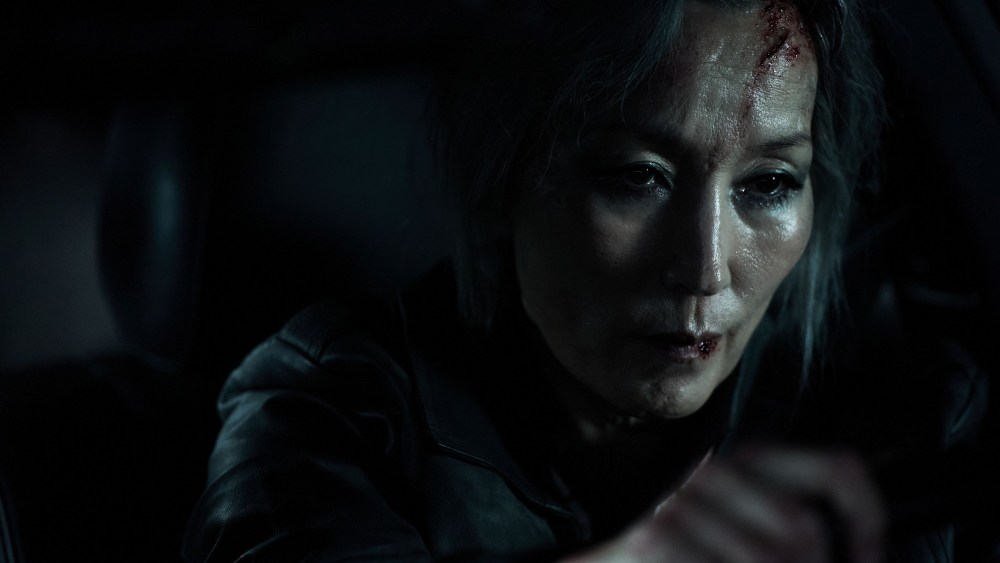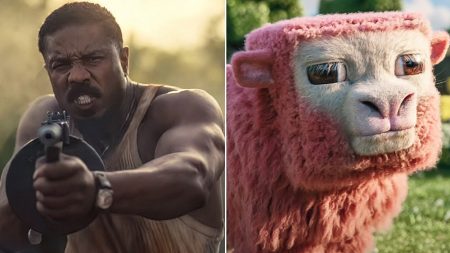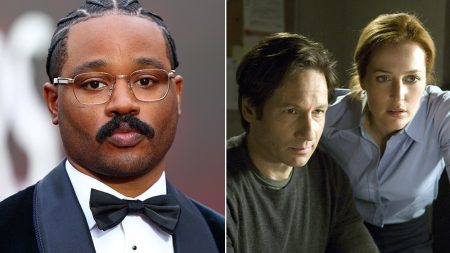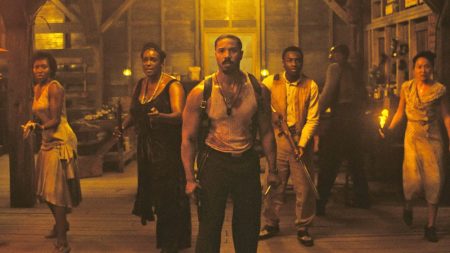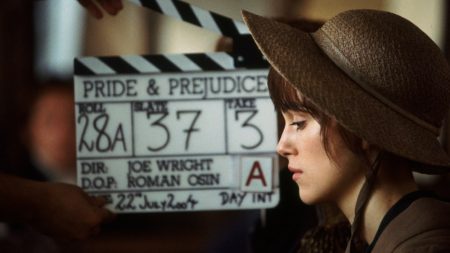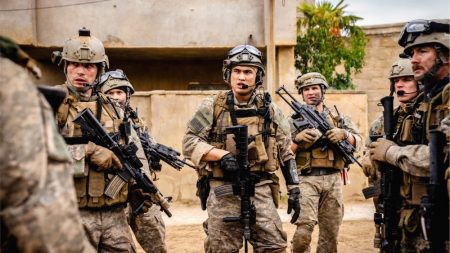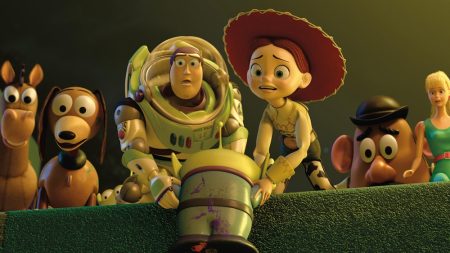The Old Woman with the Knife: A Complex yet Flawed Exploration of Aging and Justice
Min Kyu-dong’s The Old Woman with the Knife is a South Korean action-drama that, while intriguing in premise, struggles to balance its ambitious storytelling with its execution. Based on Gu Byeong-mo’s novel of the same name, the film introduces a refreshing twist to the assassin genre by centering its narrative around a 65-year-old woman, Hornclaw, played by Lee Hye-young. Hornclaw is a seasoned operative working for a shadowy organization of hitmen, whose grueling work and coded existence contrast sharply with her advancing age and quiet, solitary life. The film explores themes of aging, duty, and the moral complexities of vigilantism, but its dense narrative and pacing issues often overshadow its loftier ambitions.
The film’s central premise is undeniably compelling, especially in how it subverts genre expectations by placing an older woman at the heart of a traditionally male-dominated field. Lee Hye-young shines in her portrayal of Hornclaw, bringing a quiet intensity and vulnerability to the role. Her character’s physicality is a highlight of the film—her toned physique and agile movements are showcased in moments that are both thrilling and believable. However, the movie often falters in its attempts to depict Hornclaw’s abilities, relying too heavily on stunt doubles and noticeable editing tricks that strain credibility. While some level of suspension of disbelief is expected in action films, The Old Woman with the Knife stretches this to its limits, with awkward framing and pacing that frequently distract from the experience.
One of the film’s most glaring issues is its visual and narrative inconsistencies. For instance, the opening scene features poorly rendered CGI snow that detracts from the otherwise atmospheric introduction of a younger Hornclaw, played by Shin Si-ah. The sequence follows her being taken in by a restaurant owner with a cryptic second job in “pest control,” a clever metaphor for his true line of work as a mentor and fellow assassin. A subsequent flashback montage tracks Hornclaw’s five-decade journey from a homeless teenager to a seasoned assassin, a condensed yet effective representation of hertraining and rise through the ranks. However, the film’s reliance on flashbacks continues to grow as the story progresses, often overwhelming the present-day narrative. This overindulgence in backstory creates a disjointed viewing experience, making it difficult to fully invest in Hornclaw’s current struggles.
In the present, Hornclaw is grappling with both her failing health and the demands of her job, hiding her medical diagnoses from her superiors while taking on assignments that range from targeting drug dealers to tracking down domestic abusers who have evaded the law. Her organization operates in the shadows, doling out vigilante justice to those who have escaped legal consequences. While this premise offers fertile ground for exploring themes of morality and aging, the film’s execution is marred by a chaotic narrative structure. Flashbacks are frequently interjected, often feeling unnecessary or overly elaborate, as if the audience is being forced to watch a prequel rather than the main story. The result is a film that feels consistently off-balance, with drama and tension struggling to emerge through the clutter.
The film’s emotional core is further strained by its hasty storytelling, which often prioritizes plot over character development. A potential bright spot is the dynamic between Hornclaw and Bullfight (Kim Sung-cheol), a young, reckless recruit whose impulsive nature contrasts with her calculated professionalism. Their relationship hints at deeper emotional layers, particularly as Hornclaw begins to question whether her personal connections—limited as they are—might outweigh her loyalty to her organization. However, these moments of potential depth are often overshadowed by the film’s relentless pace, which leaves little room for reflection or emotional resonance. The connections between past and present characters are also overly telegraphed, making the film’s twists feel more predictable than surprising.
Despite its flaws, The Old Woman with the Knife manages to deliver a visually striking and self-assured climax, complete with elaborate shootouts and kinetic action sequences. Yet, by the time the film reaches its conclusion, the journey feels more like a slog than a triumph. While Lee Hye-young’s performance and the film’s unique premise are standout elements, they are ultimately overshadowed by the narrative’s inability to cohere. The film’s overreliance on backstory, combined with its uneven pacing and visual shortcomings, makes for a viewing experience that is as frustrating as it is fascinating. While it gestures toward emotional complexity and moral depth, The Old Woman with the Knife falls short of fully realizing its potential, leaving audiences with a sense of what could have been rather than what is.


